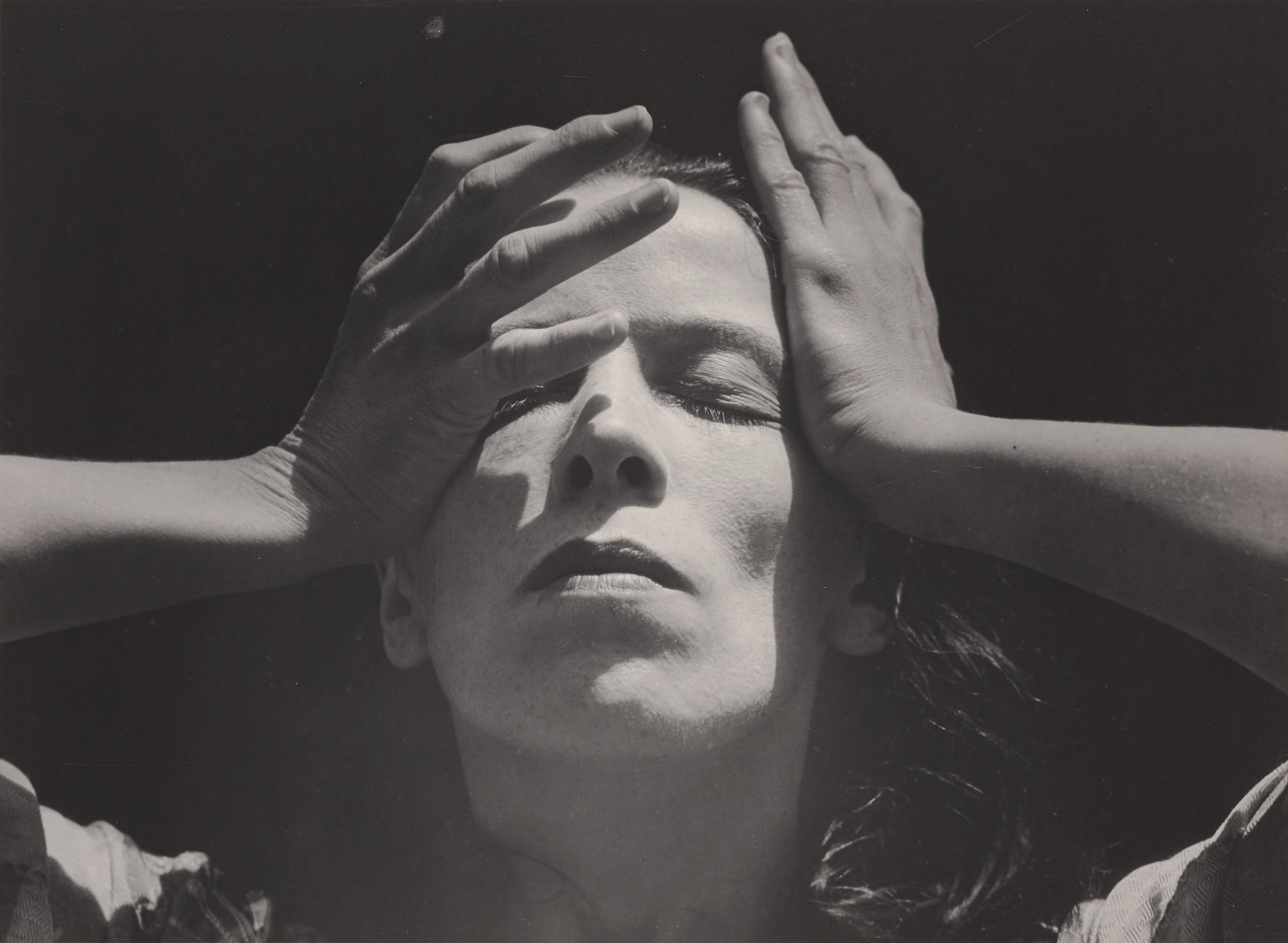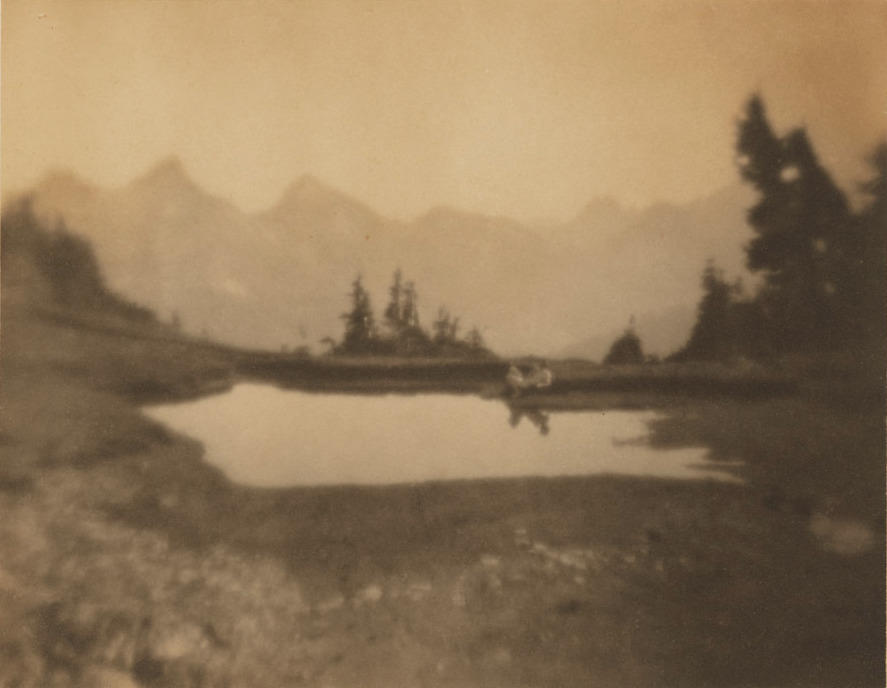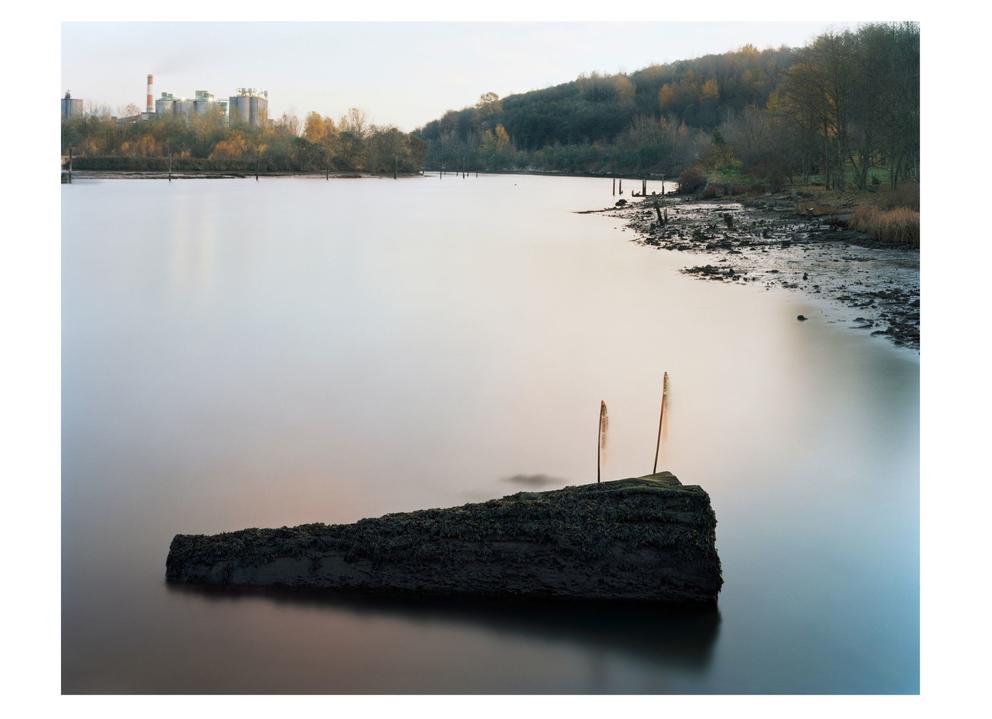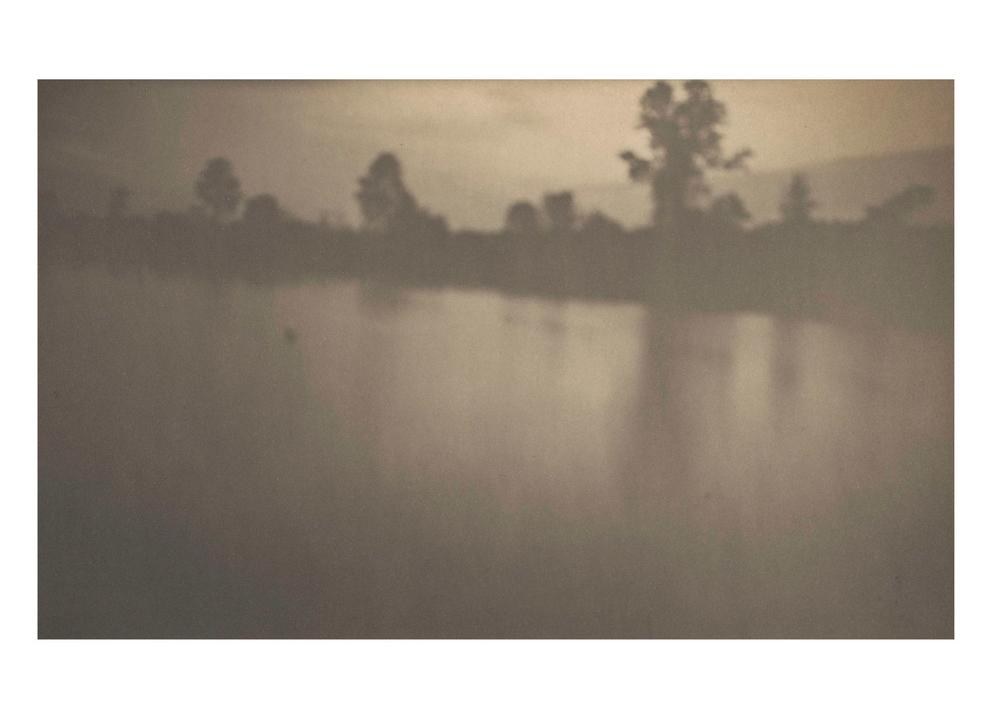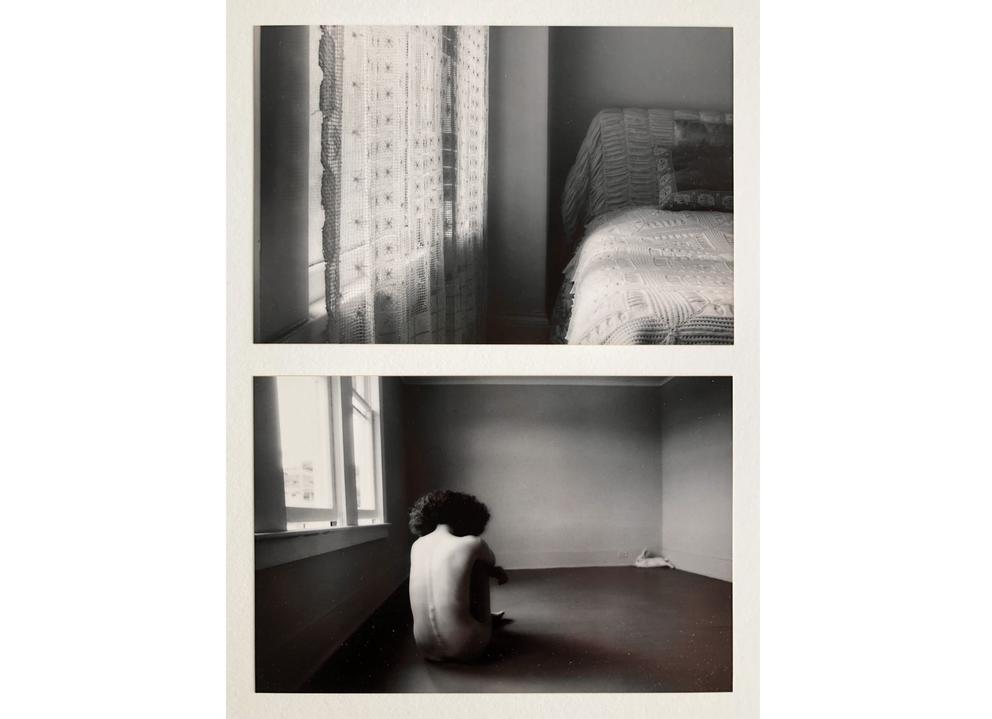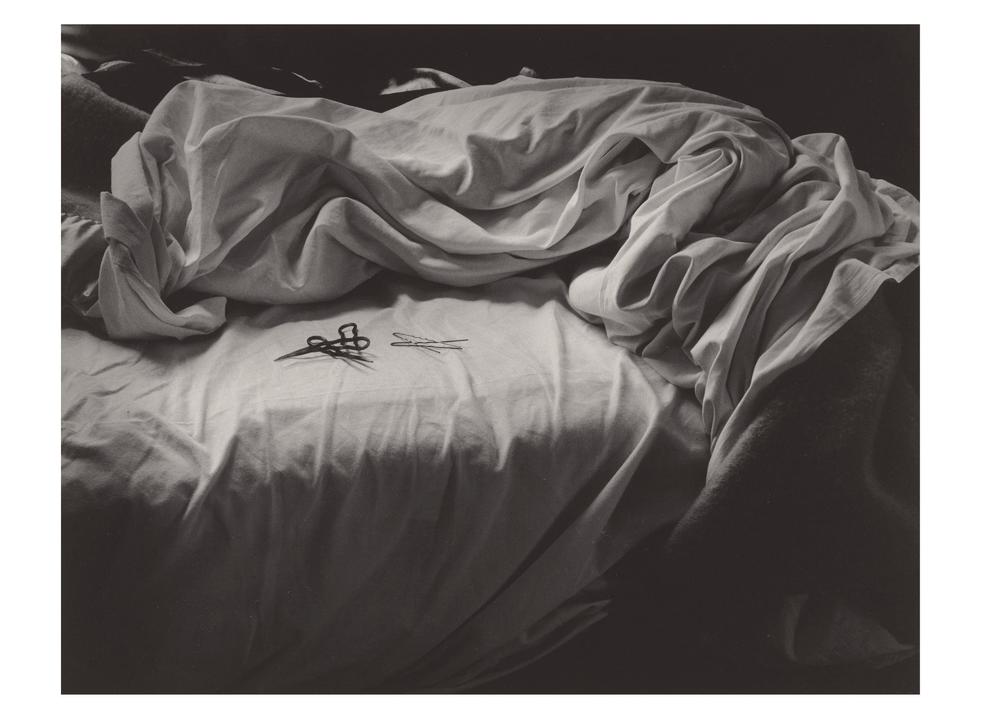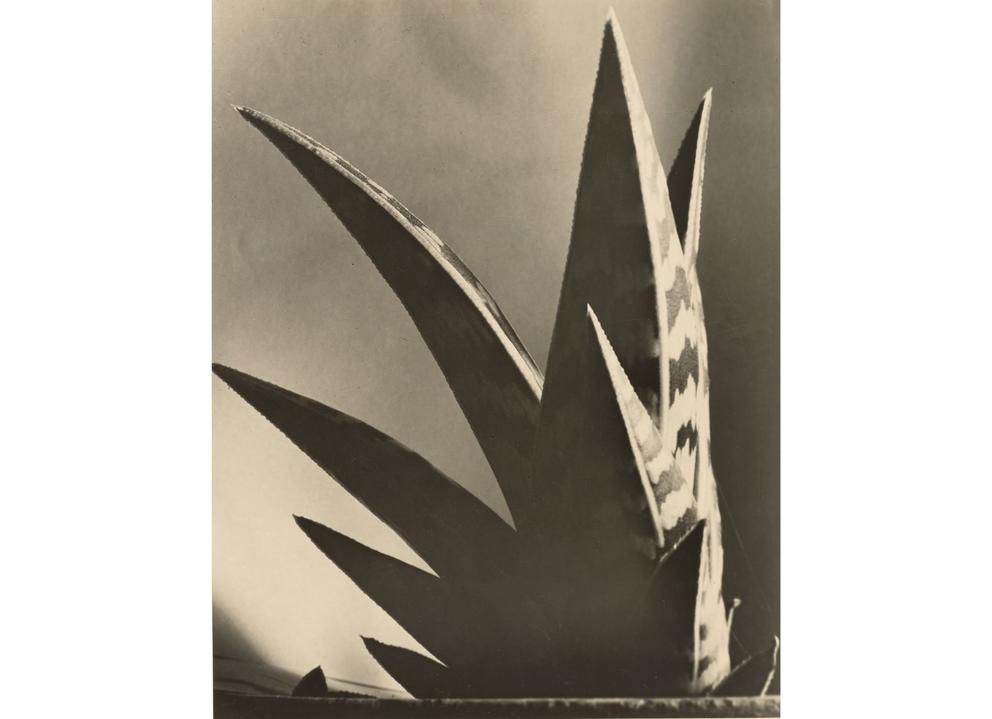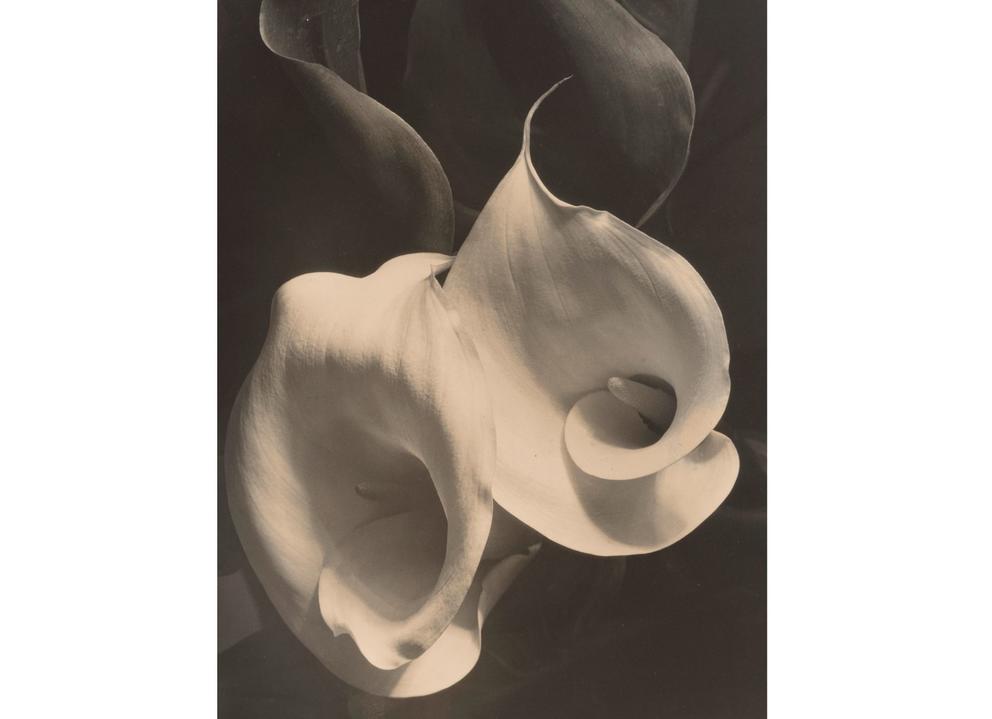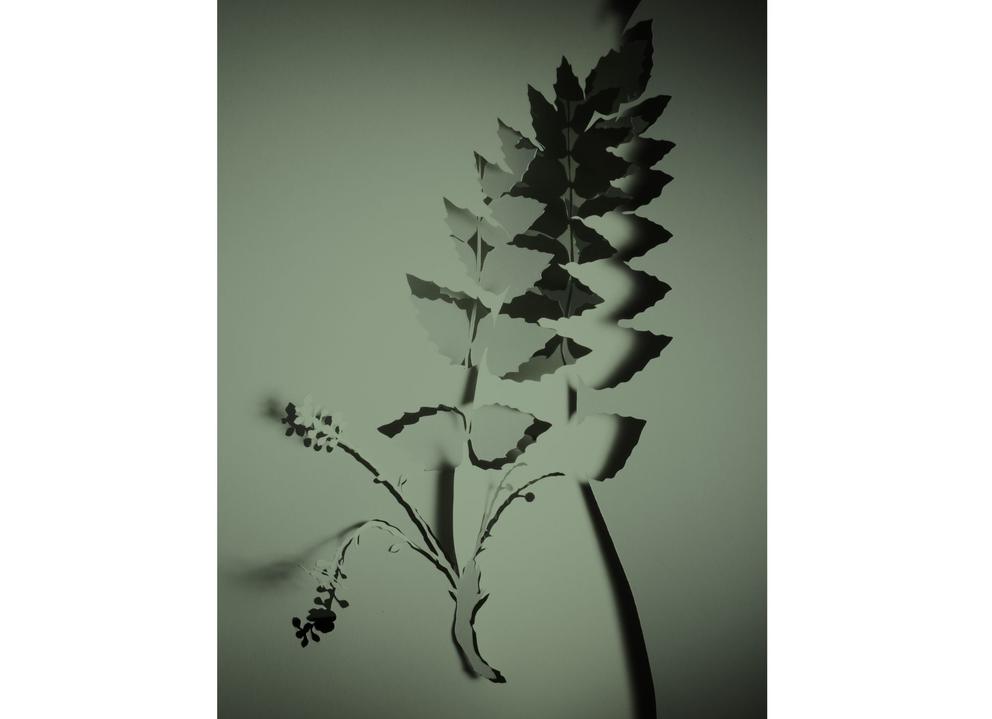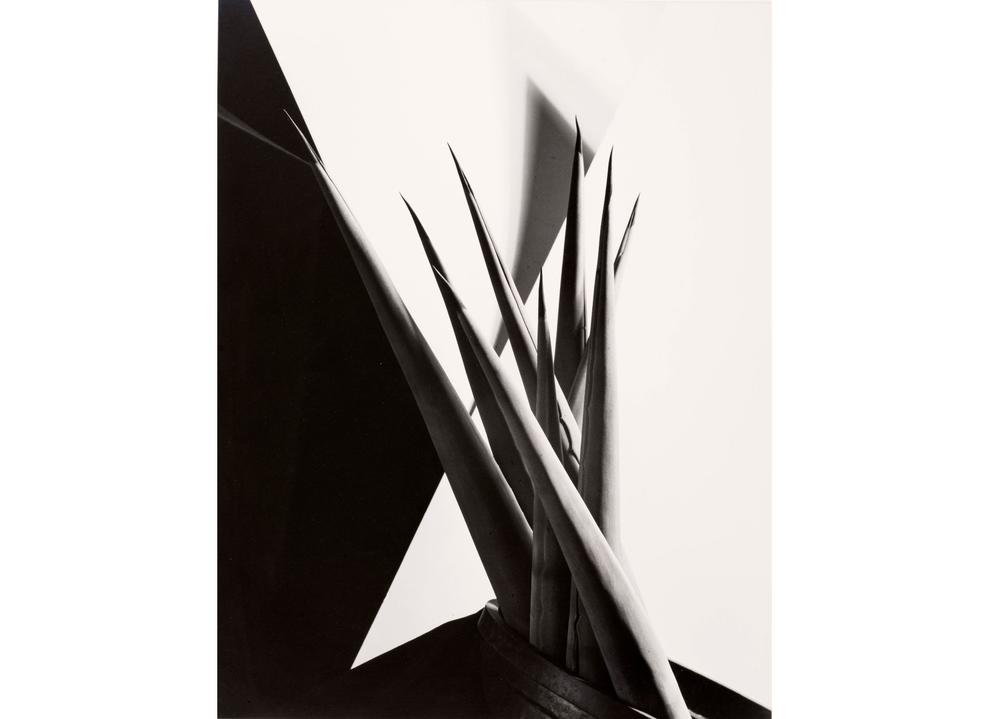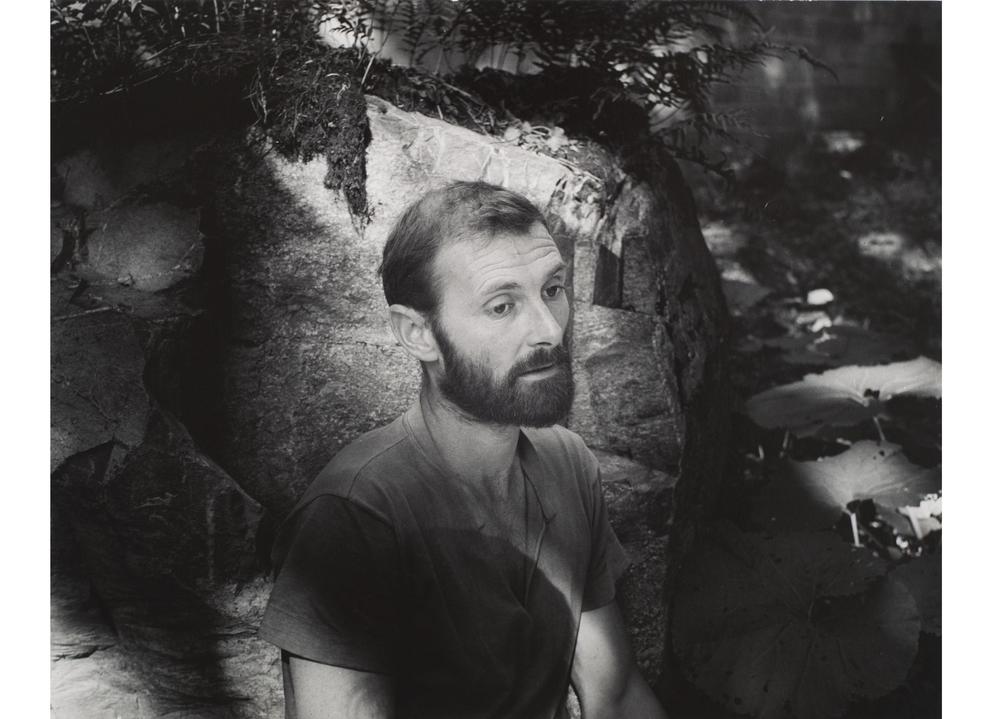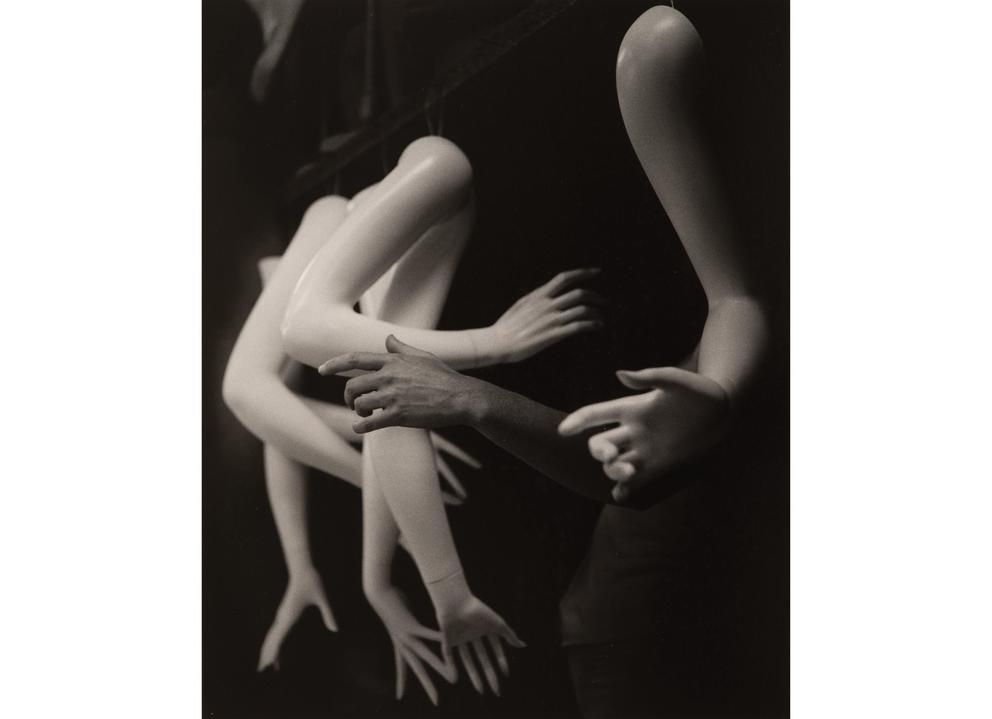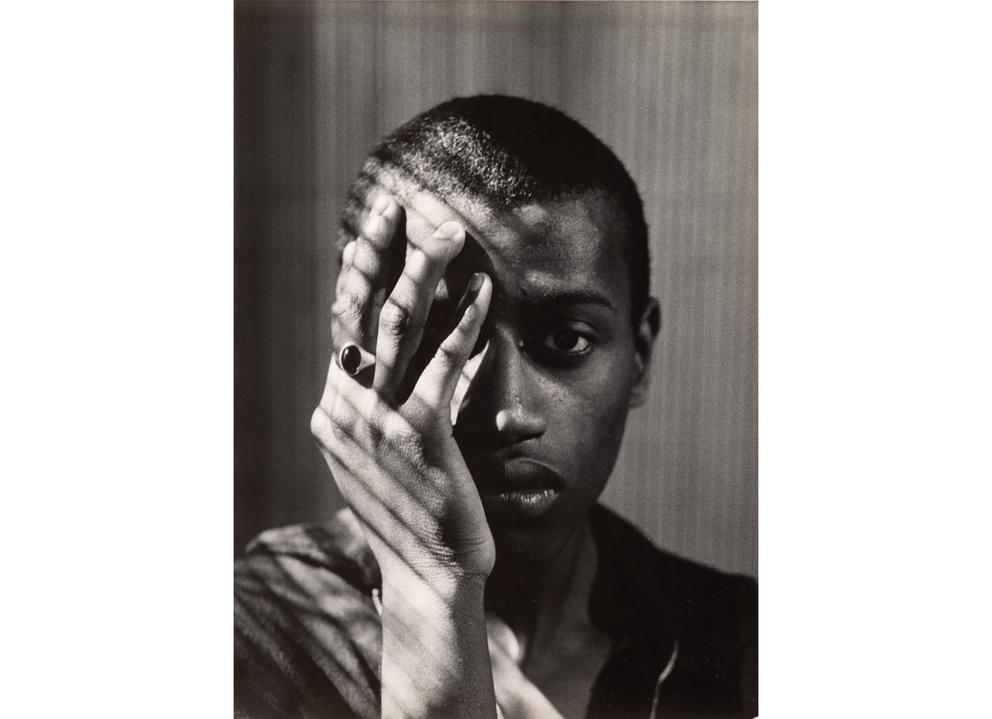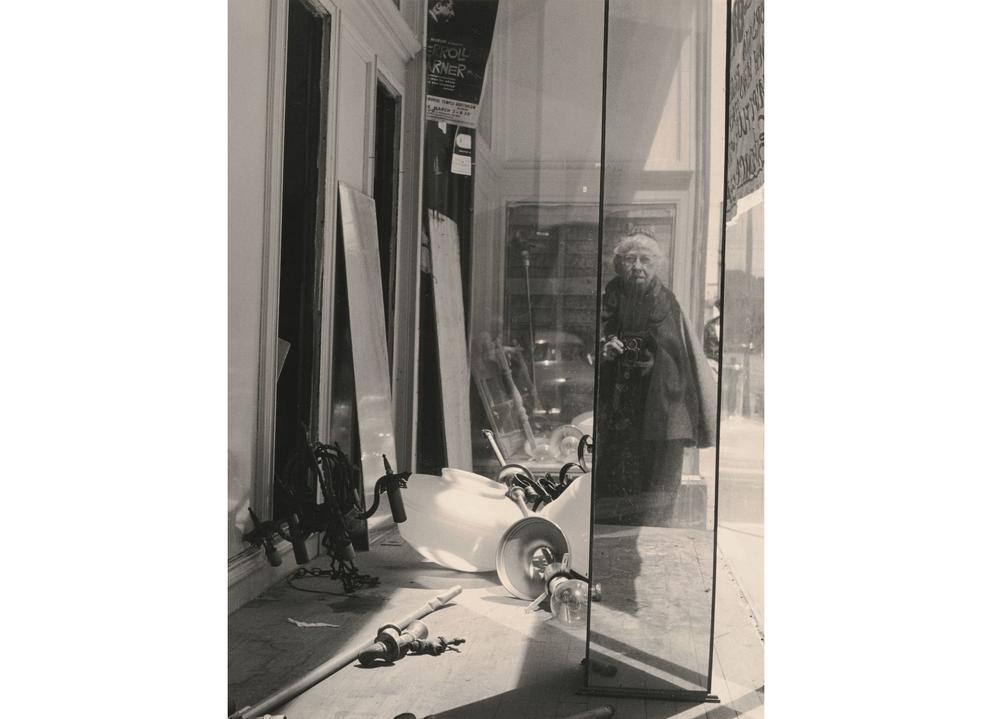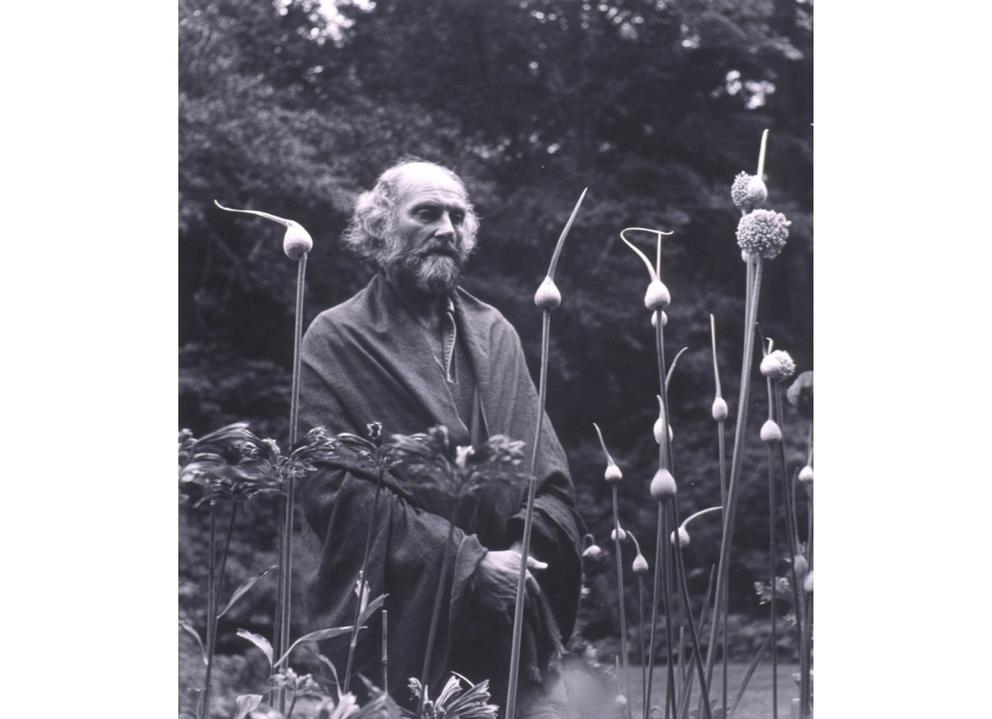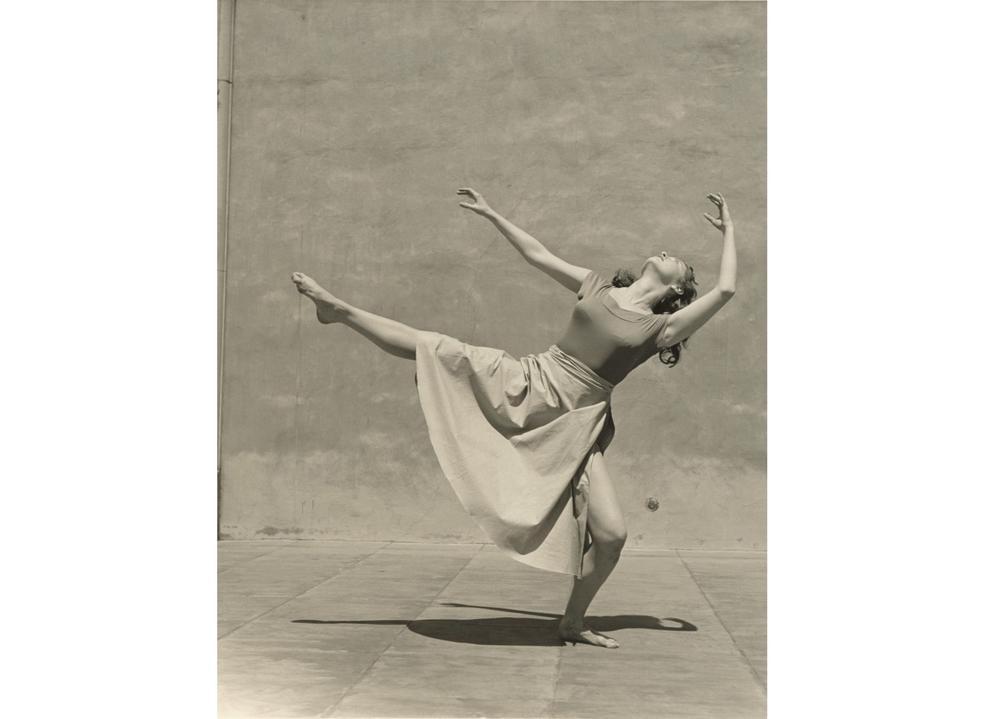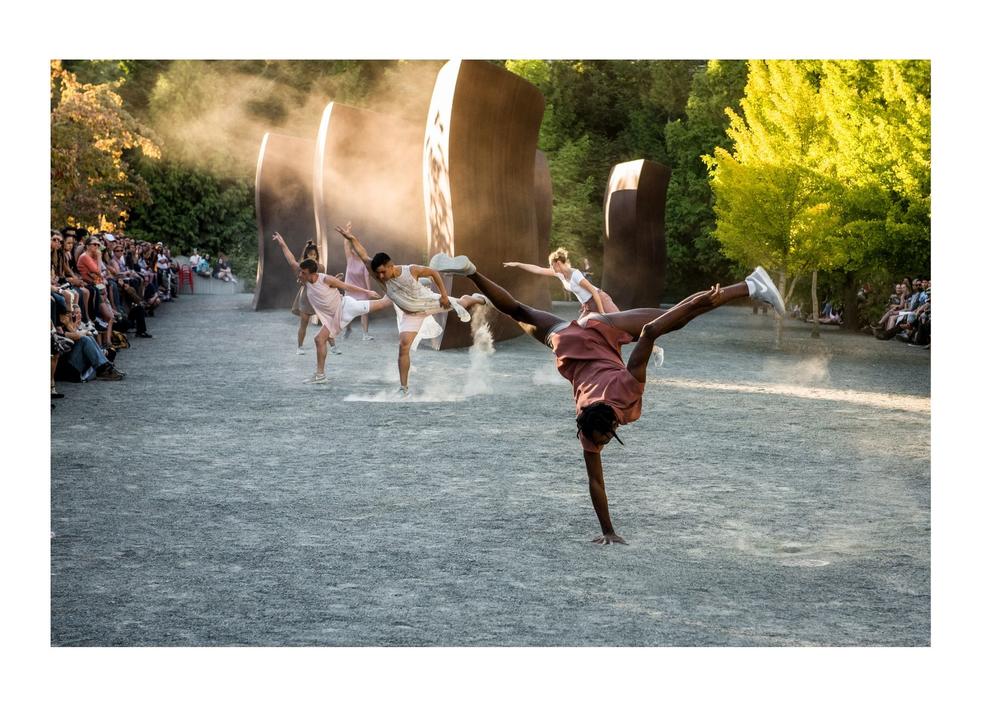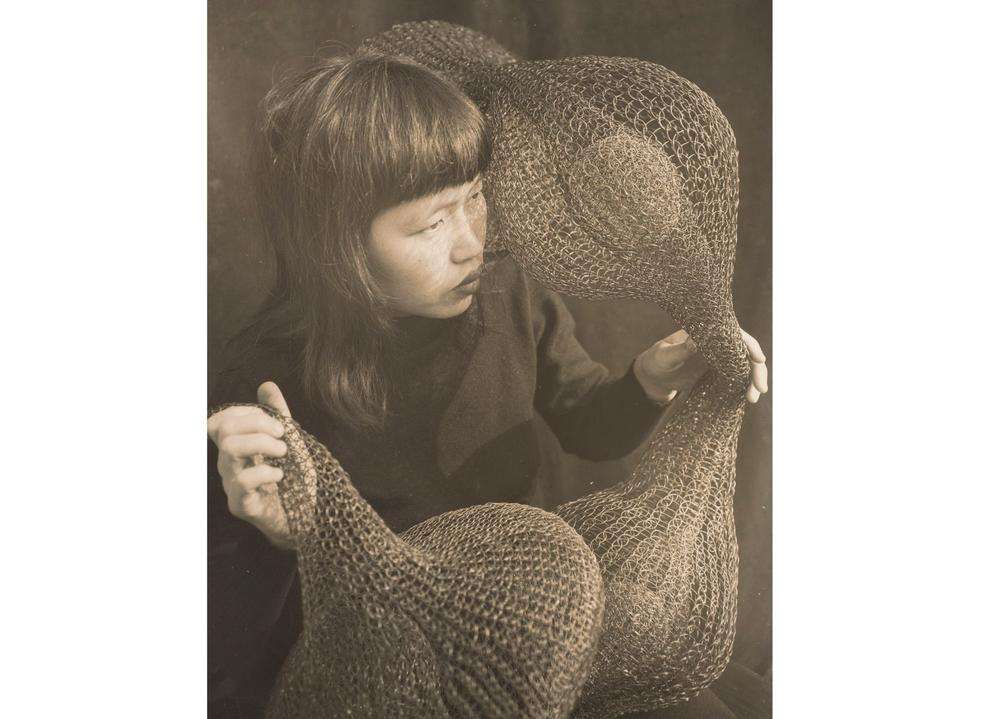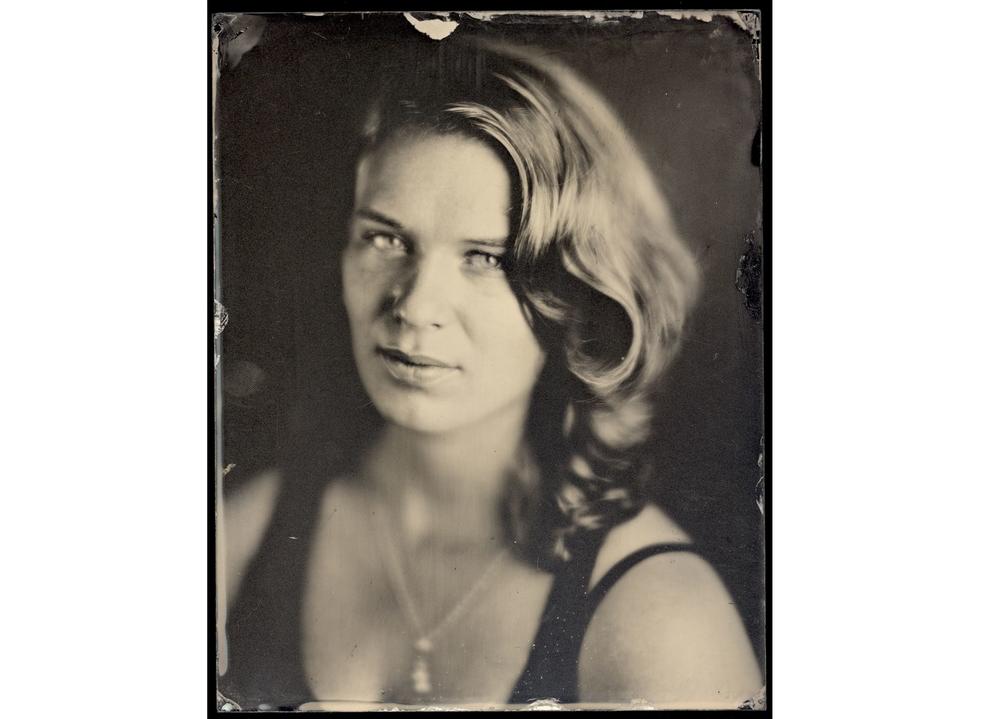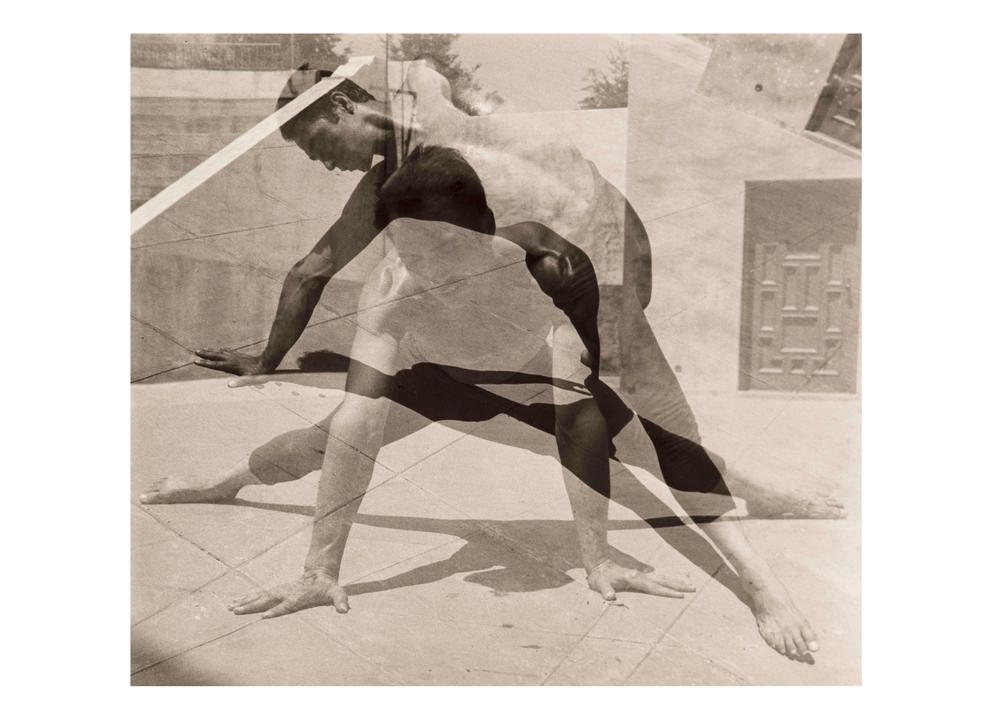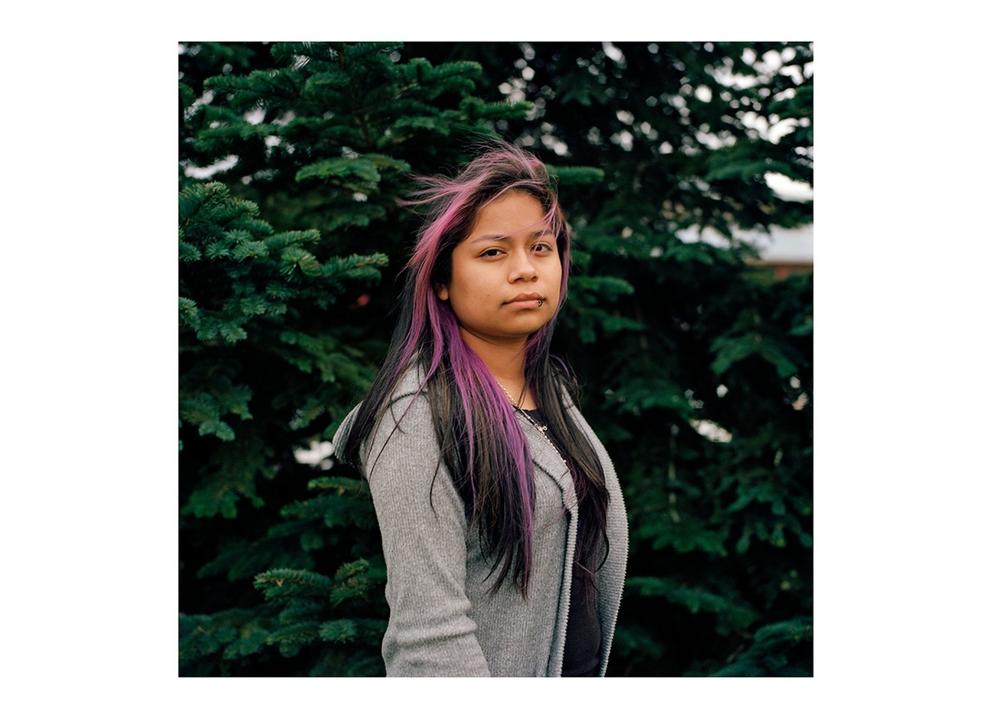“This is 1915. Women were portrayed nude, whether it be painting, drawing or photography … [but] women were not photographing men nude,” says Gail Gibson, a veteran Seattle art and photography dealer who has long worked with the Cunningham archive. This role reversal — and the brazen display of the female gaze — was exceptional, Gibson says. “She was a strong personality. … She did work that others weren’t doing and she felt good about doing it and wasn’t afraid to do it.”
Cunningham’s headstrong nature would come to define her long career as a fine arts photographer: She never hesitated to experiment, even if it meant sailing against the wind as a female photographer in a male-dominated industry. Her keen eye and penchant for innovation brought her considerable success and celebrity late in life, but since her death in 1976, broad awareness for her work has somewhat waned (even as she remains revered in photography circles).
An expansive Cunningham retrospective opening this week at the Seattle Art Museum (Nov. 18 – Feb. 6, 2022) weaves a fresh, in-depth narrative. Originally scheduled to open first at the J. Paul Getty Museum in Los Angeles but premiering in Seattle due to a pandemic planning shakeup, the show is the first exhibition of Cunningham’s photographs in the United States in more than 35 years. This overview of her more than seven-decade career charts her formative years in Seattle, and sets the record straight about her influential contributions to photography and the diversity of her work beyond the modernist flower and plant close-ups for which she became known.
“Imogen Cunningham was an extremely versatile photographer,” says longtime Seattle photographer Robert Wade, who sat on Seattle Art Museum’s advisory committee for this show. “Her portraiture, plant and flower studies, street photography, performance photography, nudes and anything else she pointed her camera at, resulted in superb images… She accomplished all of this despite quite a bit of her career taking place in an era that wasn’t particularly supportive of female artists.”
To coincide with the (re-)introduction of her work to a Seattle audience, Crosscut reached out to Northwest photographers and curators to shed light on the source of her enduring appeal and lasting influence.
“She is one of the most important West Coast photographers of the 20th century, and as is sometimes unfortunately consistent in Seattle, few here outside of the small sphere of photography know about her,” says Michelle Dunn Marsh of Minor Matters Books, a local photography and art book publisher.
“I think it’s challenging to speak about influence without looking at how few women are taught as part of traditional histories of photography,” Dunn Marsh notes. “Many will know Edward Weston who will not know the similar trajectories of expansion of vision that Cunningham also had. Far too many know Edward Curtis who do not know Imogen’s work, or that of Ella McBride, both of whom worked in his studio.”
Photographer Eirik Johnson made this photo of a log in the Duwamish River in 2002 for a project called “Borderlands,” and only discovered the photo Cunningham had taken of the same river upon browsing the works on view at the Seattle Art Museum for this article. Both have a pictorial, soft-focus feel — Johnson’s is the result of going out at twilight and capturing the movement of the water with a long exposure. (Eirik Johnson/Courtesy of G. Gibson Projects)
Marsha Burns, a longtime Seattle photographer renowned for her studio portraits and nudes (currently on view with Wade’s work at Koplin Del Rio gallery in Georgetown), says Cunningham paved the way for a generation of young photographers, including herself.
“We were both from the West Coast, and that gave us a disadvantage in a certain way to the men in power on the East Coast,” Burns says. Still, she adds: “I don't think of myself as a woman photographer, I think of myself as a photographer. And I think that’s the way she felt too.” (In fact, Cunningham has been quoted as saying: “I’m a photographer, not a woman.”)
“I keep coming back to this duality: Don’t pigeonhole her for being a woman. But don't forget she’s a woman!” says Dunn Marsh. “She photographed flowers, which people sort of treated as a feminine subject matter. But Edward Weston was photographing peppers, and nobody considered that to be an exclusively masculine subject matter.”
This silver gelatin print by Seattle photographer Marsha Burns, titled “Invitation, Dream Fantasy #1” (1976), is on view at Koplin Del Rio Gallery this month. “I use portraiture in a totally different way than she did,” Burns says, comparing her work to Cunningham’s. “I was not describing the person, I was just describing the condition. She described the person.” (Marsha Burns/Koplin del Rio)
The Seattle Art Museum show seeks to reassess other misconceptions about Cunningham, as well. Many still think of Cunningham — who spent years in the Bay Area — as a “California artist.” In fact, she was born in Portland in 1883, grew up in Seattle, studied at the University of Washington and began her professional career on First Hill.
“Most of her history is known through her connection to figures in the Bay Area,” says Seattle photographer Eirik Johnson (whose work is currently on view at Bellevue Arts Museum). “But she grew up here in Seattle and was shaped by the Northwest, I think, in many ways.”
Johnson knows more about Cunningham’s local connections than most: While studying history and photography at the University of Washington in the 1990s, he wrote his senior thesis about her Seattle years. During Cunningham’s time, there was no photography department at UW, so instead, she studied the science of photography: the optics of lenses, the chemistry of developers and toners and printing techniques.
Her first paying photo gig was making lantern slides of microscopic plant details for the university’s botany department. Cunningham also made some of her first creative work while at UW, including a nude self-portrait in the grass on the UW campus that was way ahead of its time (an early hint of the boundary-pushing career that would follow). After interning with and later working for Northwest photographer Edward S. Curtis, in 1910 she established her own studio in a small bungalow on what is now First Hill.
This photo by Melinda Hurst Frye is titled “Oregon Grape,” from a recent series of papercuts. Hurst Frye has been thinking about Cunningham’s work a lot lately, as she works on a series of photographs of plants and flowers, which she prints, cuts up and re-photographs into abstract shapes using mirrors and lighting. “I want to create a formal image about the ecology of our region, but still hold on to that experimental nature and playfulness that she was able to bring into her work,” Hurst Frye says. (Melinda Hurst Frye/J. Rinehart Gallery)
Cunningham’s photos from that time ooze with a romantic vibe, in the soft-focus, impressionist style of the era. “She started out within the school of Pictorialism, which was very popular at that point,” Johnson says, “but she was doing it in a very Northwest way.” Johnson points to the early portrait Cunningham made of painter Morris Graves: “It’s super moody and dark — and that’s the light that is shaping the Northwest.”
Soon, Cunningham would be faced with the sharp, bright light of California, where she moved with her husband in the late 1910s. After planting a hillside garden near her Oakland home, she turned her lens on flowers and plants as she cared for her children. “The reason I really turned to plants was because I couldn’t get out of my own backyard when my children were small,” Cunningham later said.
The photos from this period, often tightly framed to the point of almost cropped, cast off much of Cunningham’s earlier romantic tendencies in favor of a modernist sharpness and chiaroscuro that, while still moody, nears abstraction. The leaves of rubber plants and flax plants become spears, and in close-up, paper-skinned magnolia blossoms almost look like thighs.
“I go back to her work when I think about how to make a portrait, essentially, of a specific plant,” says Seattle photographer Melinda Hurst Frye, who trains her lens on the ecology of the Northwest. “I’ve been thinking about how she works with the light and shadow, and the really graphic nature of showing these botanicals — but not as nostalgic, necessarily pretty images,” she says. “It’s more about the structural integrity of the plant.”
Because Cunningham branched out into new fields and changed up her game so much, it can be hard to pin down a “Cunningham style.” But what emerges from these works — and her later portraits and street photography — is an incisive eye, a clear-headedness about what did not belong within the frame. She zoomed in on the subtle shapes of nature and humans: a girl’s feet suspended mid-jumping rope, a pregnant woman slumped asleep in a rocking chair, the kick of a dancer’s leg, a patch of rock that looks like the weathered skin of a cowboy, an aloe’s spikes hiding secrets in hard shadows.
Robert Wade and Cunningham share a fondness for photographing dancers and artists, though their approaches differ. “Her photographs tend to focus tightly on whatever the subject was that she was interested in,” Wade says. His photo, taken in 2017, features the dance company Au Collective, performing in front of Richard Serra’s sculpture, “Wake” in Seattle’s Olympic Sculpture Park. (Robert Wade)
“There’s an elegance to her work that takes a simple subject and makes you really look at it,” says Gibson, the Seattle photography dealer. This quality is also evident in Cunningham’s commercial work, when she photographed Hollywood actors and other celebrities for Vanity Fair magazine, among other paid assignments.
But from her giant archive of portraits, it is clear Cunningham felt the deepest affinity for capturing other creative minds with her lens. Among the striking portraits are writers (Gertrude Stein, John Steinbeck), artists (Diego Rivera, Frida Kahlo, Georgia O’Keeffe, Man Ray) and dancers (Martha Graham, Hanya Holm and José Limon). The skill with which she famously captured the twists and turns of Graham’s body (and face) reveals an eye particularly suited to the physicality of dance.
Like Cunningham, Daniel Carrillo — who works with antique photo techniques — has developed deep connections with the local art scene, often photographing artists. “The thing is, looking inward to your community — it’s just a matter of seeing what’s around you and noticing there’s value there,” he says. This ambrotype from 2011 features artist Francesca Lohman. (Daniel Carrillo)
Seattle photographer Daniel Carrillo — locally renowned for using “antique” portrait photo techniques like wet plate collodion ambrotypes — is fascinated by the rapport Cunningham was able to establish with her sitters. “I’m sure she was a master of talking to the subject and getting them to feel at ease,” he says. Carrillo also shares with her a penchant for photographing artists. (A surprising number of local artists’ websites include a headshot by Carrillo.) “There’s value in looking inwards to the community and engaging with it,” he says.
Seattle artist Marilyn Montúfar also gravitates toward Cunningham’s portraits, as well as her nudes. “The people are in very intimate settings and there’s a sense of trust and comfort,” she says. “In my personal work, I’m really interested in exploring intimacy and human relationships. I’m drawn to the way she explores that and also photographs people through the years. She’d return to her subjects.”
Just like Cunningham, Marilyn Montúfar spends time getting close to her subjects, establishing a sense of intimacy and trust, as in this photo of Juli, a young woman who lives between the U.S. and Mexico. “There’s this sense of pride that I also see in [Cunningham’s] portraits of José Limon,” she says. (Marilyn Montúfar)
At 90 years old, Cunningham traveled to Loleta, California, to photograph Northwest painter Morris Graves (then in his 60s), this time in his leek garden, which has become one of her most famous images. (The work is on view at SAM and in a G. Gibson Projects pop-up show of Cunningham’s work at Greg Kucera Gallery, Nov. 26 – Dec. 23).
“Society is kind of obsessed with youth. To have a woman photographer who photographs throughout her lifetime is really important,” Montúfar says.
Cunningham would make some of her best work throughout her 70s, 80s and 90s. She continued to do street photography, and at 90, started a new series capturing nonagenarians. Her curiosity never left her. At 93, just two months before her death, asked which of her photos was her favorite, Cunningham replied: “The one I’m going to take tomorrow.”
Get the latest in local arts and culture
This weekly newsletter brings arts news and cultural events straight to your inbox.

